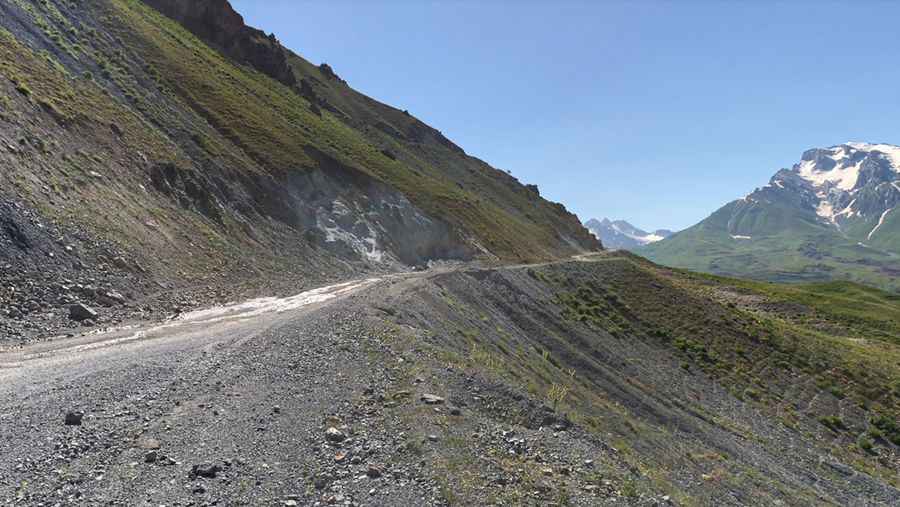How to Survive and Drive through the Dangerous Anzob Pass in Tajikistan
Anzob Pass is a high mountain pass at an elevation of 3.372m (11,062ft) above sea level, located in the Sughd Region of Tajikistan. Due its dangerousness, the pass was bypassed by one of the most dangerous tunnels in the world. It’s a dark, dangerous place, with hardly any lights inside and it’s suffocating as there’s no ventilation except for one fan.

Where is Anzob Pass?
The pass is located to the northwest of Tajikistan's capital Dushanbe, in the western part of the country.
How long is Anzob Pass?
The road to the summit is totally unpaved. It’s called РБ01 (the old M34 highway). The pass is 61.7km (38.3 miles) long, running from Takfon to Kalon. There’s a weather observation station located at the pass top. On a clear day, the summit offers stupendous views of the Zarafshan mountain range.
Is Anzob Pass dangerous?
The road has a series of narrow zigzags, with some impressive drops to the valley below. You'll feel like leaning into the car and away from the edge, even with the safe experienced hands of your Pamiri driver behind the wheel. It’s narrow, muddy, and without a safety rail. It is one of the most treacherous mountain passes of Central Asia. On October 23, 1997, an avalanche killed 46 people, burying 15 trucks and cars. The avalanche was so large that it took two weeks for the would-be rescuers to reach the victims.
Is Anzob Pass heavily used?
In 2006, the pass was bypassed by a 5 kilometers (3.1 mi) tunnel below the summit called Anzob Tunnel, or "The Tunnel of Death", part of the M34 road, a major highway of Tajikistan, running from Dushanbe, the capital of the country, to Khujand, the country's second-largest city.
Is Anzob Pass open?
Set high in the Zarafshan Range, the road is closed in winters. Normally, the pass opens for regular traffic in the last week of May or thereabouts through November. This road is particularly dangerous in cold weather due to icy conditions and frequent avalanches, and drivers can be trapped for a long time if caught in an avalanche because of the uninhabited mountain terrain. The pass can be blocked in summer too, when rockfalls have been known to block the pass for several weeks due to their severity, and rescue is difficult.
Pic: Ahror Kosimov